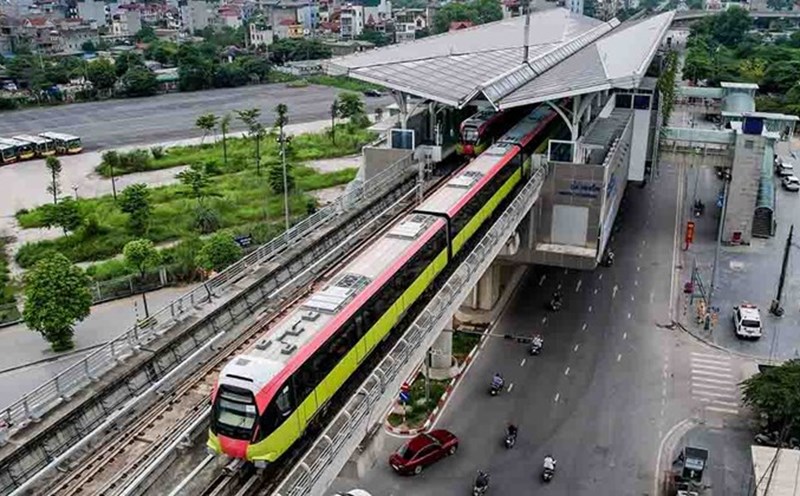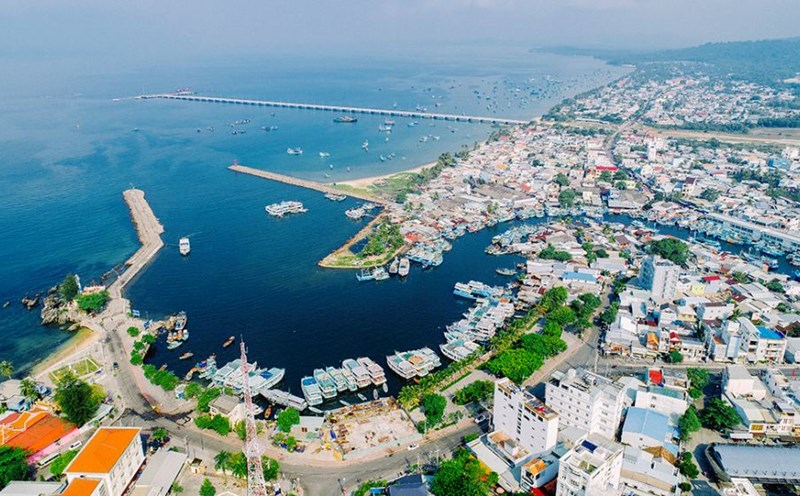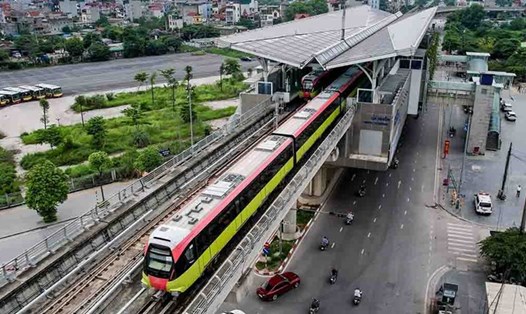Towards a multi-centered urban area
Currently, the inner-city roads of Ho Chi Minh City cannot be expanded further, while the number of private vehicles is increasing rapidly. The city currently manages more than 9.5 million vehicles, including more than 1 million cars and nearly 8.5 million motorbikes. On average, the number of vehicles increases by 6.5% per year, but the road surface area increases by only 0.2%.
Over the past five years, there has been no significant expansion of road infrastructure in the inner city. People from the suburbs still flock to the city center to work, study and shop, causing constant traffic jams.
To change, the Ho Chi Minh City Planning for the period 2021-2030, with a vision to 2050, has determined the organization of urban space in a multi-center and multi-functional direction. The city plans to develop creative urban areas, industrial - service - urban areas with the model of "city within a city".
In the next 5 years, Ho Chi Minh City will be a special urban area including a central urban area and 6 affiliated urban areas: Thu Duc City (type I urban area) and 5 satellite urban areas meeting the standards to be upgraded to a city, including Cu Chi, Hoc Mon, Binh Chanh, Nha Be and Can Gio.
After 2030, Ho Chi Minh City will build urban areas according to the multi-center city model, including: Central urban area, Thu Duc urban area, Cu Chi - Hoc Mon urban area, Binh Chanh urban area, District 7 - Nha Be urban area, and Can Gio marine ecological urban area.
Each area will develop in accordance with its own characteristics and advantages. For example, the southern area with District 7 and Nha Be will focus on digital services, logistics, high technology and ecological urban areas. Can Gio will exploit the advantages of the marine economy, including transit ports, free trade zones, marine eco-tourism and renewable energy. The areas of Binh Chanh, Hoc Mon and Cu Chi districts will prioritize the development of clean, high-tech industry; high-tech agriculture; services, logistics; ecological urban areas combined with economics.
Disperse population and reduce traffic
According to Architect Ngo Viet Nam Son - specializing in urban planning, each satellite city needs to have adequate social and technical infrastructure to serve local residents.
Mr. Son said that these urban areas will have shopping centers, hospitals, schools, and theaters similar to the central area, helping to significantly reduce the need to travel to the inner city. This will not only help reduce traffic jams but also create jobs locally, improving the quality of life for people.
Chairman of the Ho Chi Minh City People's Committee Phan Van Mai said that the concentration of population in the city center has long put great pressure on infrastructure. Only Phu My Hung (District 7) - the core of the South, is an area that relatively meets local demand, while many other places such as Hoc Mon, Cu Chi or District 12 still depend on the center.
According to Mr. Phan Van Mai, the new planning aims for each satellite city to meet at least 60% of local functions. This not only reduces pressure on the center but also creates conditions for people in the suburbs to have jobs, study and shop near their place of residence. In addition, the central area will limit new development and prioritize renovation to become green space, improving the quality of life for residents.
Chairman of Can Gio District People's Committee Nguyen Van Hong affirmed that the development of satellite cities will help Can Gio become an important driving force, contributing to maintaining its position as the economic locomotive of Ho Chi Minh City.
According to Mr. Hong, the district will focus on implementing three key projects including Can Gio international transit port, Can Gio bridge and 2,870ha sea-encroaching urban area. These projects are expected to become strategic levers, promoting breakthrough and sustainable development of Can Gio.












